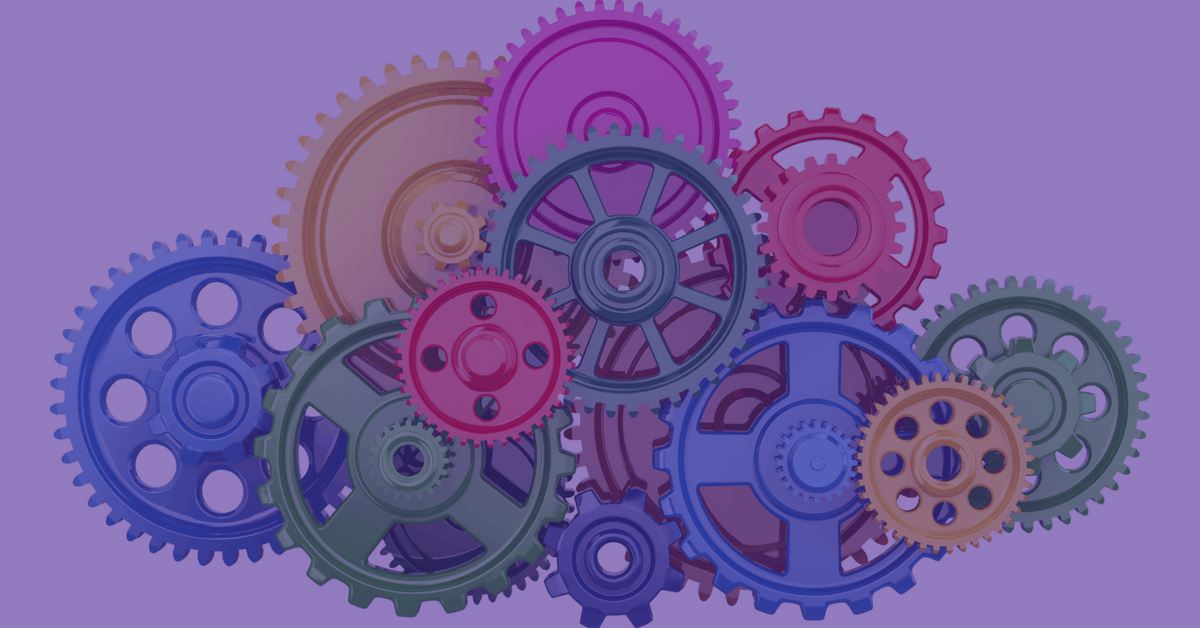One of the main struggles any IT team deploying cloud or edge experiences, is making the infrastructure autonomous. The more the infrastructure grows, the more difficult it becomes to manually manage all the components. Things get even more complex when managing multiple clouds or edge nodes. IT departments simply can’t keep up unless they hire more engineers, which is a significant investment. This is where edge or cloud orchestration comes at the rescue.
With an orchestrator, you’re able to save precious time for your operations and maintenance staff. Moreover, you’re improving your IT services while staying on budget.
In this article, we’ll explain what orchestration is and how it makes the life of thousands of IT professionals easier.
1. Orchestration Adds Autonomy to Your Infrastructure
Think about your environments as different parts of an orchestra, with cloud and edge infrastructure. Orchestration is the process of bringing all of these different environments together, and making sure that they function autonomously in harmony.
Here’s how Techtarget defines cloud orchestration. It is “the use of programming technology to manage the interconnections and interactions among workloads on public and private cloud infrastructure.”
The leading IT website adds that orchestration “connects automated tasks into a cohesive workflow to accomplish a goal, with permissions oversight and policy enforcement.”
This can be done through a number of ways, including the use of third party application programming interfaces (APIs).
To break it down further, edge or cloud orchestration is typically composed of three different, closely related types of orchestration:
- Service orchestration – Ensuring the proper communication and automation of data between different software and hardware services.
- Workload orchestration – Mitigating workload spikes and keeping usage of computing power at proper, provisioned levels, distributing workloads across the proper services.
- Resource orchestration – Ensuring that resources, such as storage space, backups, and computing power are not exceeded, and more resources can be acquired, as necessary.
2. Orchestration and Automation Are Not the Same
Another fact about orchestration is that it’s not the same thing as automation. This can get confusing, so let’s take a step back, and define cloud automation.
Automation typically describes a single function or task that is accomplished without any kind of human intervention.
Let’s take data backup, for example. If you set your platform to automatically back up a database every 24 hours, this is an example of cloud automation.
Orchestration, instead, brings multiple automation tasks together. It will arrange and coordinate multiple scheduled tasks – ultimately resulting in a streamlined, consolidated workflow.
For example, a cloud orchestration tool will:
- Monitor thresholds on a group of server instances
- Automatically create a new instance when a specific threshold is reached
- Assign the right resources to the newly created instance
- Set security on the instance
- Run a specific script to deploy your application on the new server
- Reconfigure your virtual network load balancer to add the new server
All this without a single human intervention. This example is a very basic auto-scaling workflow. It may sound easy, but actually automating a single task can involve different security groups, tool permissions, APIs, and more. And for multiple tasks, a workflow needs to be executed in a specific order. You can imagine the struggle if it has to be done manually.
By letting an orchestration software take the lead, you’ll allow it to create, arrange, and coordinate automated tasks in your infrastructure. This simplifies the process of automation dramatically. It also ensures your IT team does not have to spend much time on the manual setup of several tasks.
3. Orchestration Is Key to the Success of Any IT Project
Adding orchestration to your infrastructure guarantees you get an agile environment. But that’s not all.
For Service Providers, it brings flexibility and speeds up the delivery process. For instance, when you get a new client, or when an existing client requires more resources, the provisioning can be done autonomously from your IaaS, PaaS or SaaS environment. Moreover, it is initiated and completed by the client himself from the infrastructure portal, without the need to contact your support technicians. This means you can deliver more with the same head count.
For DevOps , it is key to successfully shortening time-to-market for applications. It will ease the coordination between developers and infrastructure engineers. For a new lab, staging or production environment, there’s no need to wait long days or weeks to get it ready. In a few clicks, any developer with the right accesses can deploy virtual servers or containers. Orchestration brings continuous integration and continuous delivery (CI/CD) into reality.
For any enterprise, using edge and cloud orchestration results in a lower total cost of ownership (TCO) at the end of the day. With less staff required for operations and maintenance, you can simply reassign resources where they are needed the most.
Finally, an orchestration tool does not stop at just managing workflows of tasks. It will optimize them for best performance, less coding errors and best resource utilization.
4. You Don’t Need to Pay Extras for a Great Edge and Cloud Orchestration Tool
As a virtualization user, you may notice that most vendors will provide orchestration tools as an extra. For example, when you deploy VMware ESXi or vSphere, you will need to purchase vCenter to orchestrate your environment. In the case of highly scaled hybrid cloud deployments, you’ll only be able to get the full cloud orchestration features with vRealize Suite.
So, are these products free? No, they aren’t. You’ll need to pay for the deployment, the licences, the support and even more hardware. The costs can get very high, whether you use VMware products, IBM Cloud Orchestrator, or RedHat Cloud Suite. And choosing for a third-party tool will not help cut on costs neither.
It doesn’t need to be like that. With a solid product like Ormuco, the edge or cloud orchestration functionality comes native into your infrastructure management platform. It is included from the first day the software is deployed on your infrastructure. No extra license, no hidden fees.
Why did we choose to do it that way? It’s because we believe giving every customer the right tools to grow will make us more successful. It’s that simple.
Is our product less reliable? No, it is not. Ormuco is a trusted platform that uses the best of artificial intelligence and machine learning technology to amplify automation. Ormuco is built on the most recent and stable releases of open source technology. This ensures maximum performance, efficiency, and flexibility. Telcos and service providers worldwide are using our solution to deliver great cloud and edge services.
More About Ormuco…
If you’re looking for an all-in-one platform for multiple-site deployments, edge nodes, any clouds, and more, Ormuco is the perfect solution for you.






